Admissions Open for
Why Robotics Class is Beneficial

Robotics promotes hands
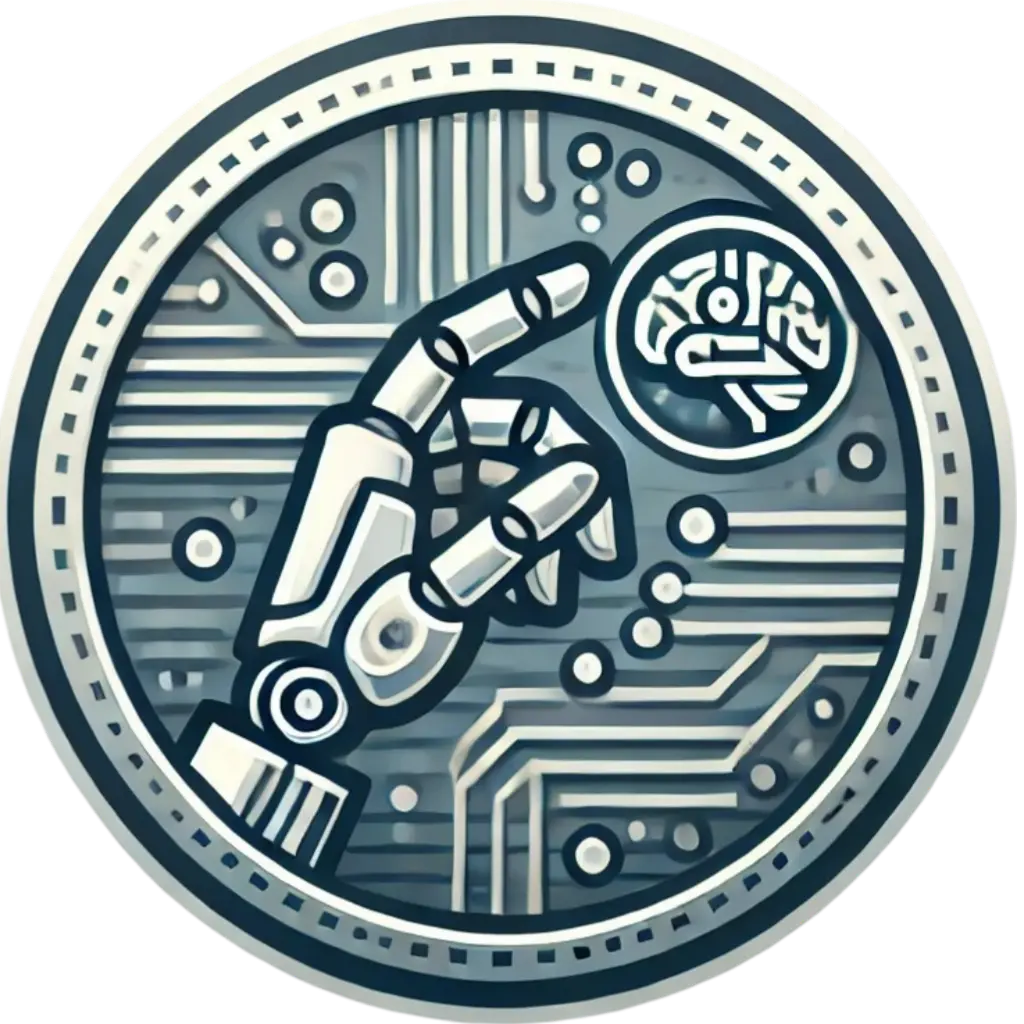
How to Start with Robotics
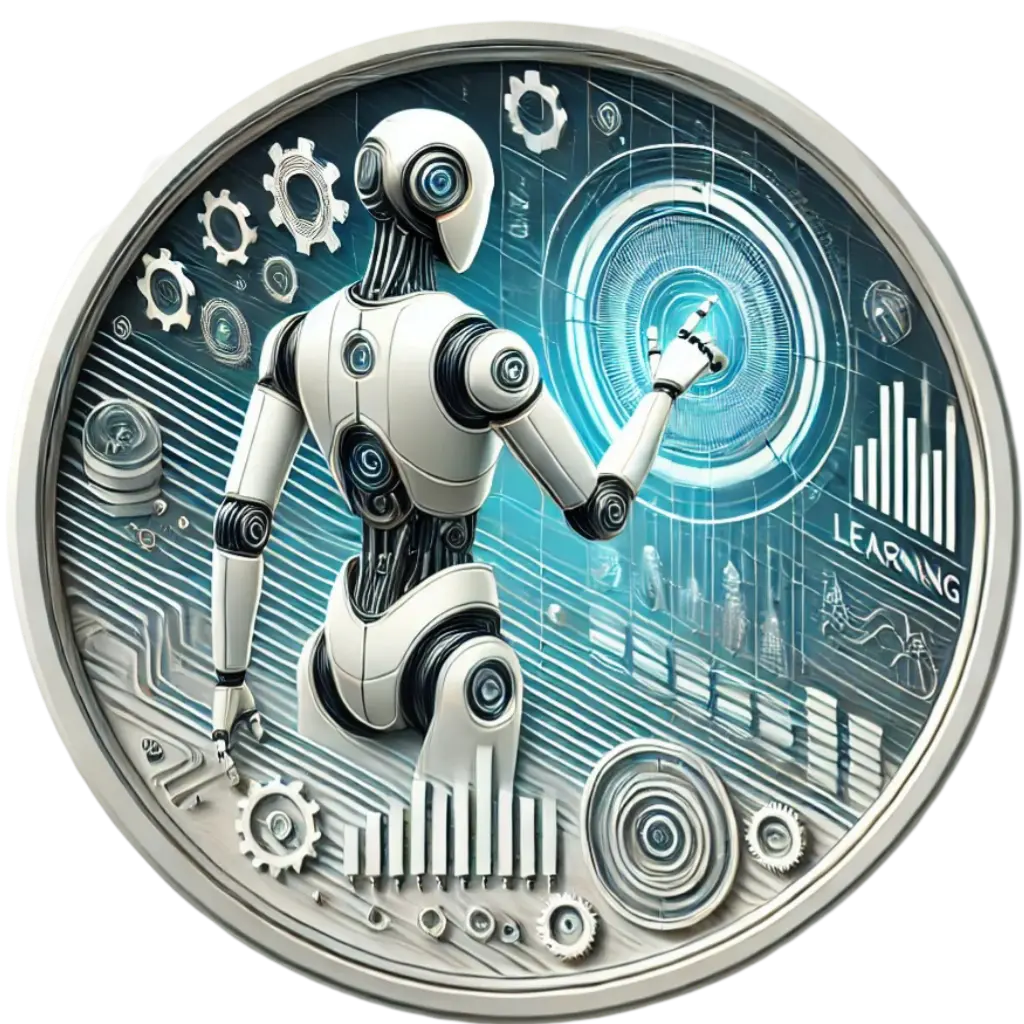
Awareness in automation and artificial intelligence
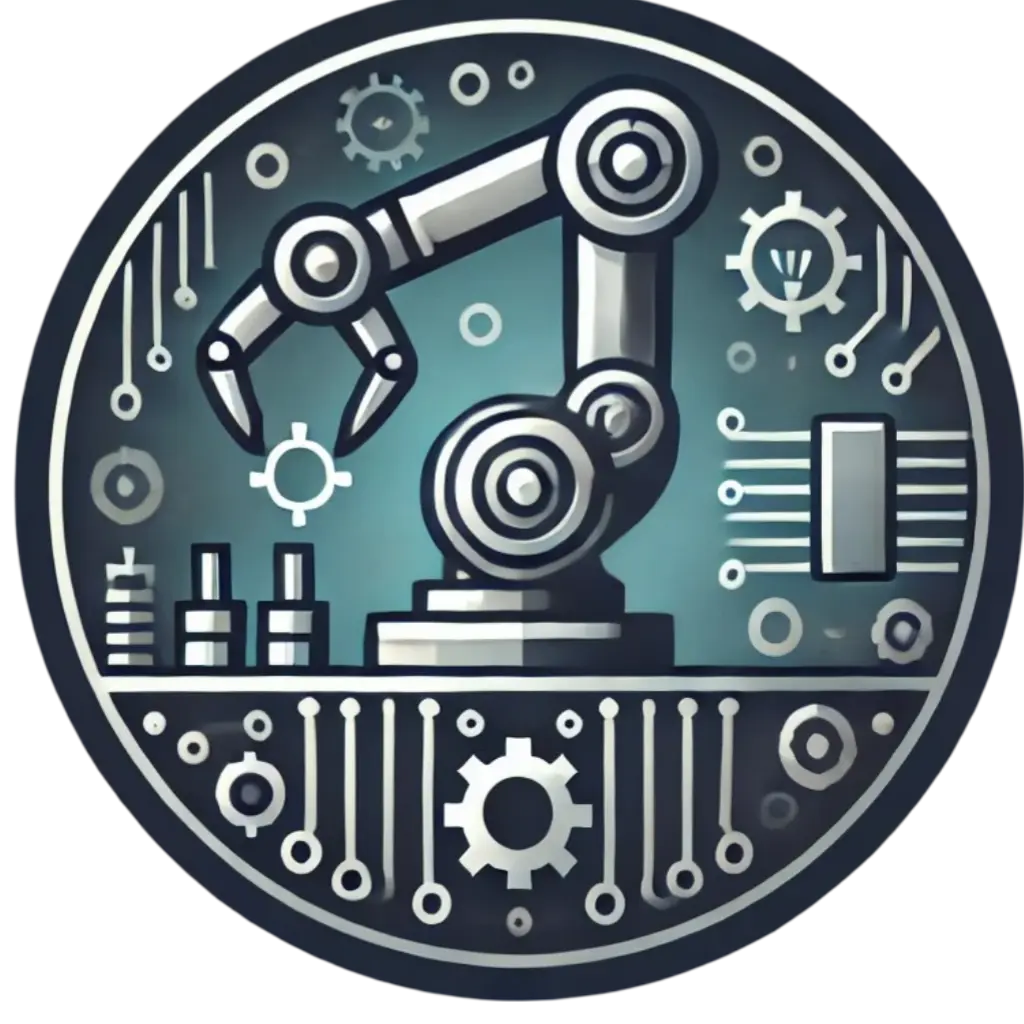
How to Start with Robotics
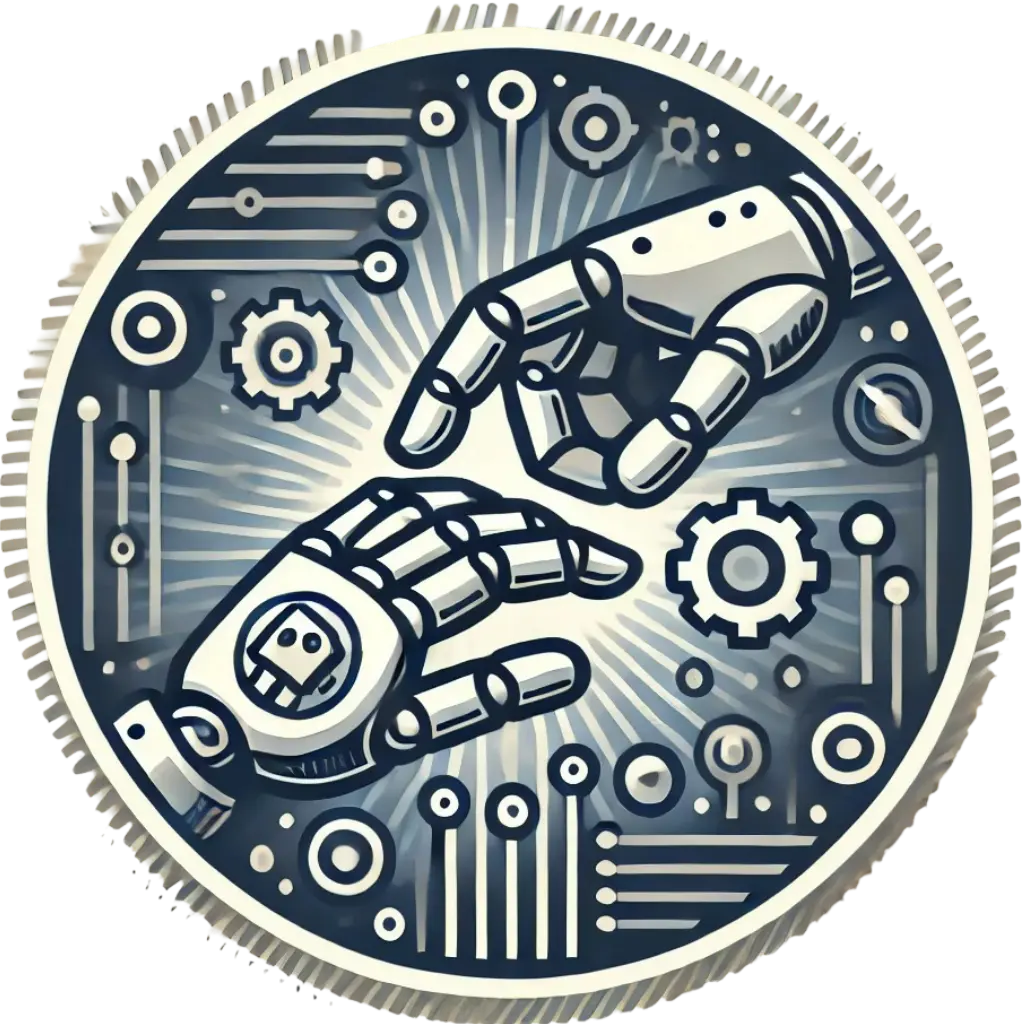
Heightened Cognitive & Motor Skills
Robotics Fundamentals
- Sensor- Light, sound, temperature, and motion could sense the view of a robot.
- Actuator-The actuators of the robot act like a machine's muscles. They are accountable for movement through converting energy into motion.
- Artificial Intelligence-Robots are empowered to learn and decide based on data and experiences.
- Self-acting machines or automatons: They are actually machines engineered to work based on predetermined instructions by using a set of conditions with no human involvement.
- Autonomous: Autonomous robots can execute individually without human interference. They are fitted with inbuilt sensors and AI for self-execution of tasks with minimal or zero human interference.
Fundamental of Robotics
- Sensor- Light, sound, temperature, and motion could sense the view of a robot.
- Actuator-The actuators of the robot act like a machine's muscles. They are accountable for movement through converting energy into motion.
- Artificial Intelligence-Robots are empowered to learn and decide based on data and experiences.
- Self-acting machines or automatons: They are actually machines engineered to work based on predetermined instructions by using a set of conditions with no human involvement.
- Autonomous: Autonomous robots can execute individually without human interference. They are fitted with inbuilt sensors and AI for self-execution of tasks with minimal or zero human interference.
Highlights of our Robotics
Class 1-2
- Constructing Simple Robots: Assemble basic robotic structure using blocks as well as simple circuits.
- Learn the Parts of a Robot: Learn about simple parts of the robot like sensors, motors and gears.
- Basic Coding: Learning to code is done using the drag-and-drop coding platforms and controlling small robot movements.
- Solving Problems and Logical Thinking: Fun challenges enable children to acquire critical thinking skills and logical reasoning.
Nursery, K1, K2
- Introduction to Robotics- the children are taken through interactive storytelling and play to present the world of robots.
- Basic Motor Skills & Movements: Lovable fun activities with simple robotic toys help children realize movement and simple commands.
- Cause & Effect Learning: In case of push-button and light-following robots, the action-reaction can be perceived.
- Creativity & Imagination: Open-end play with robot kits that can encourage curiosity as well as thinking creatively.
Grades 3-5
- Building Advanced Robots: Step-by-Step Instructions to build more sophisticated robots with parts that move
- Mechanical and Sensor Integration: Learn how to use infrared, touch, and ultrasonic sensors to control actions of the robots
- Collaboration and Teamwork: Small group activities develop teamwork in design and troubleshooting models of robots
- Goal Setting & Innovation: Engage students to set project goals and improve skills by designing original robotic inventions.
Class 1-2
- Constructing Simple Robots: Assemble basic robotic structure using blocks as well as simple circuits.
- Learn the Parts of a Robot: Learn about simple parts of the robot like sensors, motors and gears.
- Basic Coding: Learning to code is done using the drag-and-drop coding platforms and controlling small robot movements.
- Solving Problems and Logical Thinking: Fun challenges enable children to acquire critical thinking skills and logical reasoning.
Nursery, K1, K2
- Introduction to Robotics- the children are taken through interactive storytelling and play to present the world of robots.
- Basic Motor Skills & Movements: Lovable fun activities with simple robotic toys help children realize movement and simple commands.
- Cause & Effect Learning: In case of push-button and light-following robots, the action-reaction can be perceived.
- Creativity & Imagination: Open-end play with robot kits that can encourage curiosity as well as thinking creatively.
Grades 3-5
- Building Advanced Robots: Step-by-Step Instructions to build more sophisticated robots with parts that move
- Mechanical and Sensor Integration: Learn how to use infrared, touch, and ultrasonic sensors to control actions of the robots
- Collaboration and Teamwork: Small group activities develop teamwork in design and troubleshooting models of robots
- Goal Setting & Innovation: Engage students to set project goals and improve skills by designing original robotic inventions.
Our Robotics Lab Setup

Our Robotics Lab is a hub of innovation where students explore the world of technology, engineering, and automation. Designed to nurture problem-solving skills and creativity, this space empowers young minds with:
- •Hands-on Training in Robotics & Coding
- •India’s Leading School for STEM & Innovation
- •Developing Critical Thinking & Technical Skills
- •Empowering Students Through AI, Automation & Engineering
Explore the Robotics Activity
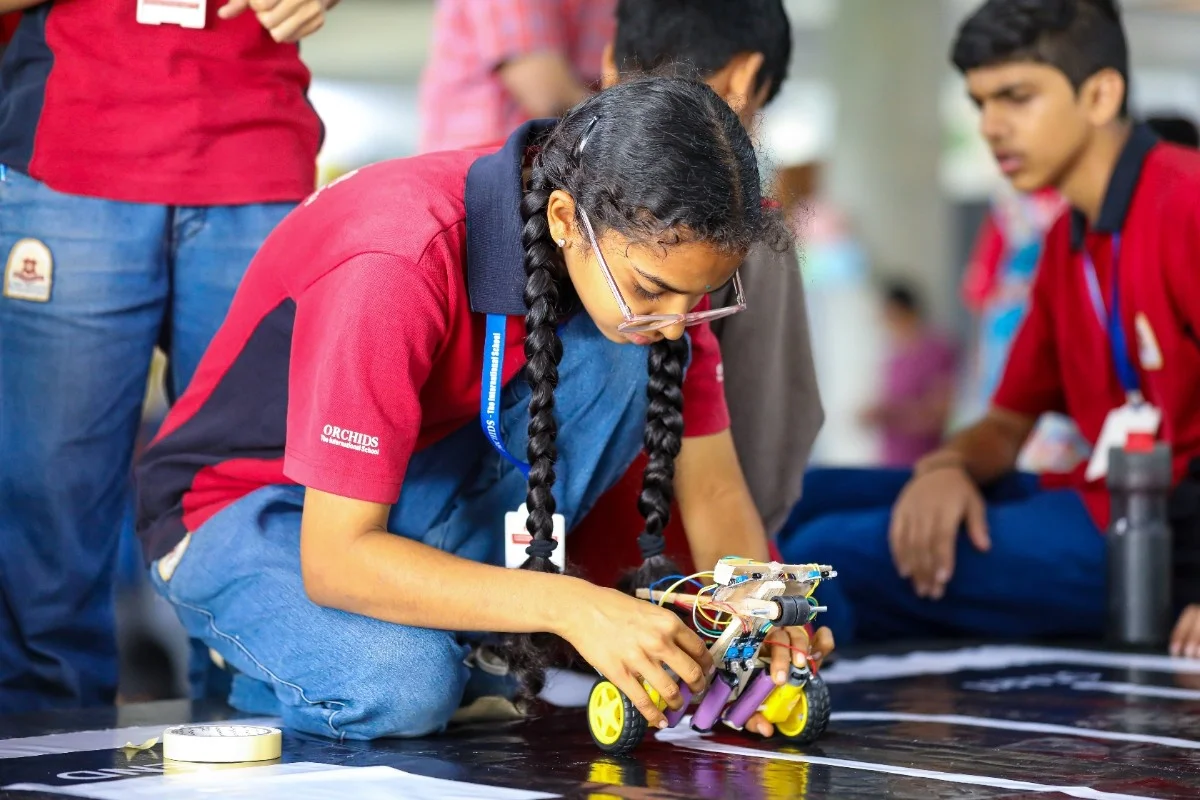
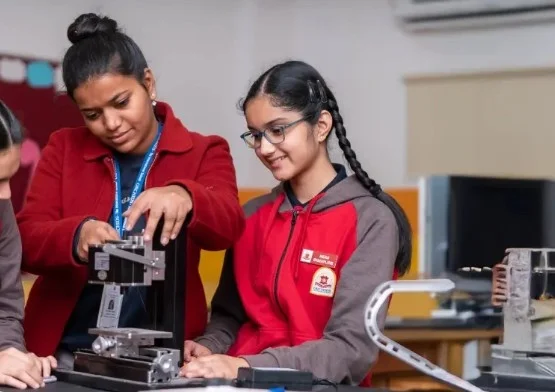
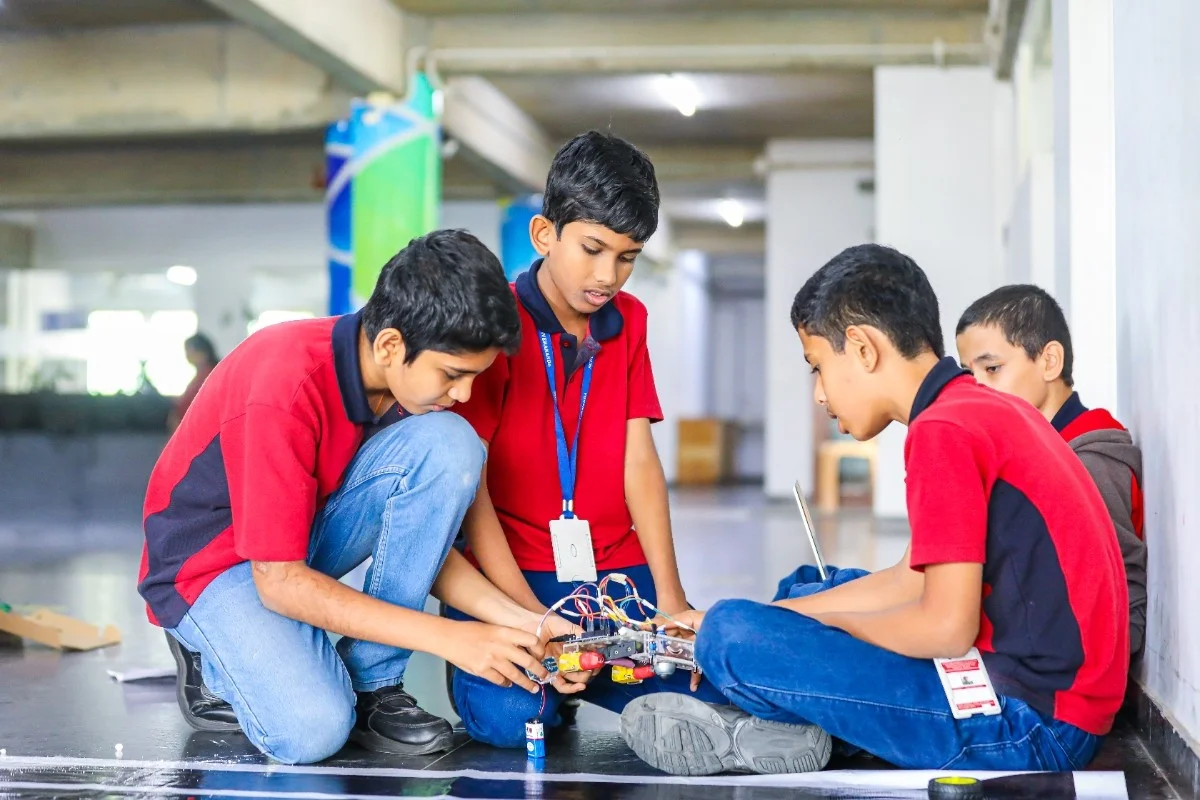
Frequently Asked Questions
Robotics is designing, building, and programming the robots. This would allow the students to bring out innovative ideas into serious realities, coupled with logical thinking that would prepare them for future innovations.
They start at 4-5 years old simply playing around and doing robotics-type things in a very rudimentary way through activities and games but then meaningful learning involving writing code and putting it into an application takes place in elementary school.
No. This curriculum is designed for new students who are introduced to the coding process gradually and interactionally, through very hands-on steps.
This enhances their critical thinking ability and teamwork while solving problems together, creating some creativity and gaining technical skills based on either code or mechanical designing in the brains of the learners.
Students build, program, and create their very own robots, using kits like robotics kits, sensors, motors, coding, and microcontrollers.
It covers foundational skills in engineering and automation among many other applications such as artificial intelligence, hence students graduate to potentially be future innovation entrepreneurs.
CBSE Schools In Popular Cities
- CBSE Schools in Bangalore
- CBSE Schools in Mumbai
- CBSE Schools in Pune
- CBSE Schools in Hyderabad
- CBSE Schools in Chennai
- CBSE Schools in Gurgaon
- CBSE Schools in Kolkata
- CBSE Schools in Indore
- CBSE Schools in Sonipat
- CBSE Schools in Delhi
- CBSE Schools in Rohtak
- CBSE Schools in Bhopal
- CBSE Schools in Aurangabad
- CBSE Schools in Jabalpur
- CBSE Schools in Jaipur
- CBSE Schools in Jodhpur
- CBSE Schools in Nagpur
- CBSE Schools in Ahmednagar
- CBSE School In Tumkur













